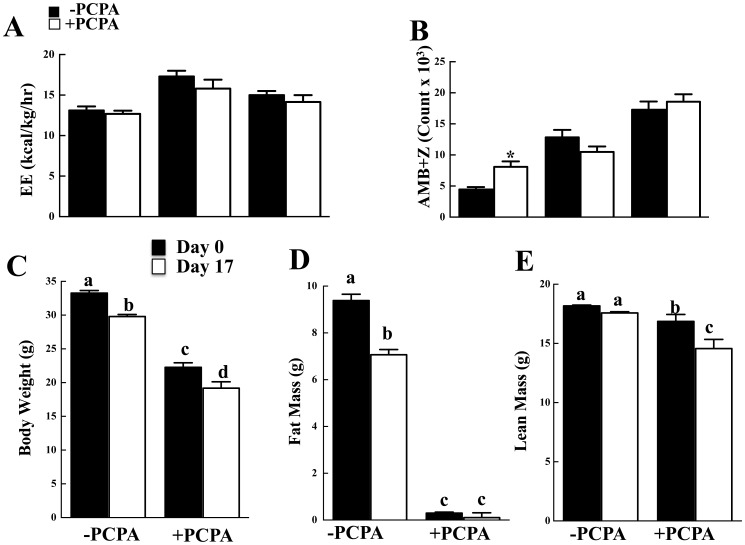Figure 4. Mice treated with 2-PCPA for 90 days do not exhibit increased energy expenditure.
Indirect calorimetry was carried out on mice fed a HFD with or without 2-PCPA for 90 days. (A) Energy expenditure. (B) Sum of ambulatory and vertical movements. (C) Daily food intake as measured every other day throughout the experiment. n = 5 in each group. The bars represent means ± standard errors. (*) indicates a statistically significant difference (p<0.05) between the 2-PCPA treated and non-treated groups. Mice were fed a HFD with or without 2-PCPA for 21 days and fed ad libitium. The mice were then restricted to 70% of their individual food intake for 17 days. (C) Body weight. (D) Fat mass. (E) Lean mass. n = 5 in each group. In panels (A) and (B) the bars represent means ± standard errors. (*) indicates a statistically significant difference (p<0.05) between the start (day 0) and end (day 17) of caloric restriction. In panels (C) and (D) statistical analysis was performed using a two-way ANOVA followed by the Student-Newman-Keuls multiple range test. Identical letters indicate data points that are not statistically different from each other (p<0.05).

